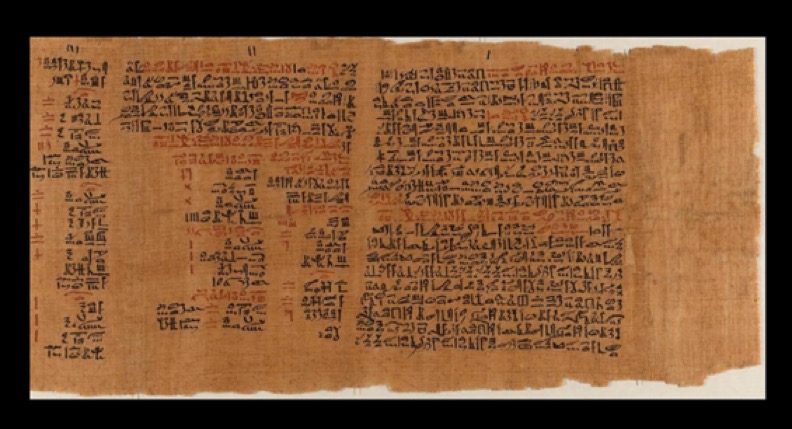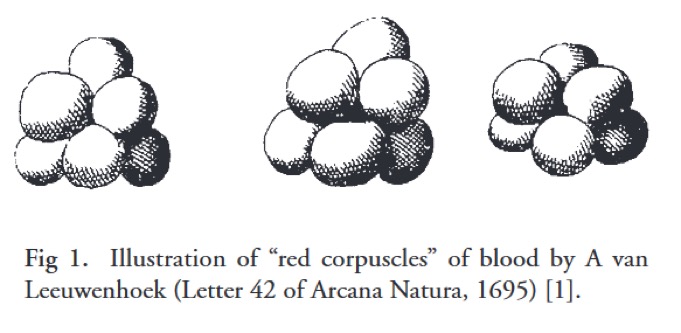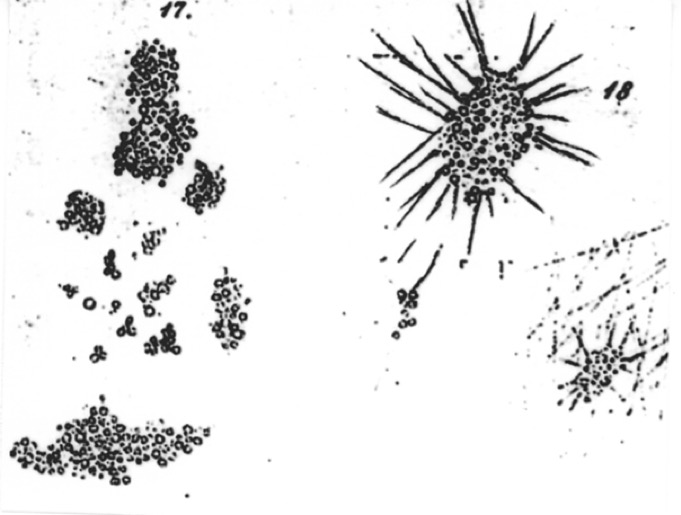Nico Gagelmann, shared on X:
“Whatever we know today has a history.
We all know that our bodies require blood and that we can even donat blood to save lives.
But where does this come from?
A brief history of blood and its transfusion.
As an idea:
-historically, blood symbolized strength and family relationships
•‘royal blood’
•spectators drank blood of wounded gladiators, hoping to absorb their strength
-Maasai still believe that drinking cow blood boosts their energy

Antiquity:
-first ‘transfusionist’ was Medea, character in Ovid’s Metamorphosis
->rejuvenated her husband Jason’s aging father by draining his blood and replacing it with a secret potion
->the brew was so potent that it turned the old man young again

Let’s move on to early days of blood concepts:
–Hippocrates is the foundation of Western medicine for 2,000 years
-he identified 4 ‘humors’:
–Sanguine (blood) – hopeful, confident,
–Phlegmatic – calm
–Melancholic – gloomy
–Choleric – irritable, unpredictable

Let’s now move on to first real medical records of blood and main figures involved in description:
-first known mention in the Ebers Papyrus (16th century B.C.)
– mistakenly believed the circulatory system carried air, not blood
– this misconception persisted for centuries

Sushruta Samhita, India:
-lived ~6th century B.C.
-famous for nasal reconstruction
-taught anatomy, pathophysiology
-therapeutic strategies were unparalleled
-described arteries as channels for vital fluids, acknowledged the role of heart valves in directional flow

Herophilus:
-‘father of anatomy’
-practiced cadaveric dissection for 30-40 years in Alexandria during the Ptolemaic period
-still believed vascular system carried air not blood
-after death, the veins’ arteries appear empty

Galen:
-2nd century A.D.
-established that arterial blood was a brighter red color vs darker hue of venous blood
-venous blood: responsible for growth and energy, was created from chyle in the liver
-arterial blood: was created in the heart, function was to carry air

Then came the synthesis of all knowledge to that date:
–William Harvey
-1628, put it all together
-published ‘Exercitatio Anatomica de Motu Cordis et Sanguinis in Animalibu’
-described true function of the cardiac and venous valves
-arterial pulsation is only due to blood

Let’s now dig deeper into what blood really is and how it was discovered:
-all thanks to microscopes
-became available in the mid 17th century
-Dutch biologist Jan Swammerdam reported its use to study amphibian blood in 1658
-first report describing the red blood cell

Discovery of platelets I:
-19th century, first microscopic description in Archiv fur mikroscopische Anatomie
–Max Schultze, 1865
-described new blood component which he named ‘spherules’, later platelets
-noted they often occurred in clumps and seemed to collect fibrous materia

Discovery of platelets II:
-Giulio Bizzozero
-developed a microscopic technique to examine red blood cells passing in single file in an amphibian web using a live animal
-1882 with monumental paper on platelets
-confirmed their role in coagulation at a site of injury

Different white blood cells:
–Paul Ehrlich developed dyes to stain blood smeared on a glass plate
-won information on the red blood cell
BUT
-described the white blood cell
-clearly showed the difference between lymphocytes and granulocytes
-described new cell type: mast cell

Discovery of hemoglobin:
– development of X-ray crystallography
– now possible to sequence protein structure
-1959, Max Perutz determined the molecular structure of hemoglobin
– shared the 1962 Nobel Prize with John Kendrew (sequenced myoglobin)

Let’s move on to the development of transfusion:
– Richard Lower, 1665
-animal-animal transfusion
-first dog was bled, then revived by blood transfusion
-first described artery-vein transfusion
BUT
-awkward animal-human experiments
-transfusions banned for 150 years!

First human-human transfusion:
–James Blundell 1818
-first to wonder about donor suitability
-noted that some patients reported fever and had dark urine
-ABO-incompatible blood (later known)
-invention, known as the “Gravitator” provided enhanced blood delivery

Compatibility:
–Karl Landsteiner, 1901
-was able to identify three blood groups, A, B, and C
-his students studied 4000 patients who had all agglutinins of the blood types
-group AB
-Congress of the International Society of Blood Transfusion 1937
-adopted ABO system worldwide

Rhesus antibodies:
–Philip Levine, 1925
-case report of a couple, both group O, with bleeding episode after transfusion
-incubated woman’s blood with compatible samples
•agglutination was observed in 80 samples
•Rh antibodies
-Ronald Fisher described several antigens, now >50

Many more antigens:
-Coombs developed the anti globulin test to identify new antigenic systems
-often named for first patient
–Kell antigens: case of hemolytic disease of the newborn, not explained by Rh antibody
–Joseph Duffy (Fy), hemophiliac

Another big problem was coagulation:
–Richard Lewinsohn, 1915
-published results using 0.2% citrated solution
-with good anticoagulant effect, no toxicity
BUT
-storage was short
-add dextrose to stored blood extended red cell survival to 2 weeks

Blood banks:
-1921, first blood service by Percy Oliver, working with the British Red Cross
-1935, Dr. John Lundy at the Mayo Clinic initiated blood banking
-1937, Bernard Fantus (Hektoen Institute in Chicago) stored refrigerated blood in bottles for 10 days prior to infusion

Modernity:
-took centuries to shift blood transfusion from treating mental disorders to addressing anemia and blood loss
-advances in collection, storage, prevention of coagulation, and component fractionation
-last 60 years have seen remarkable progress (list not complete)

Donate!
Your blood could be someone’s lifeline. It doesn’t hurt and by donating just 1 back, you can save up to 3 lives! Whether for accident victims, surgeries, or patients battling illness, your donation makes a difference. Give the gift of life today.

What you learnt from this thread?
That everything is blood and blood is love.”
Source: Nico Gagelmann/X
